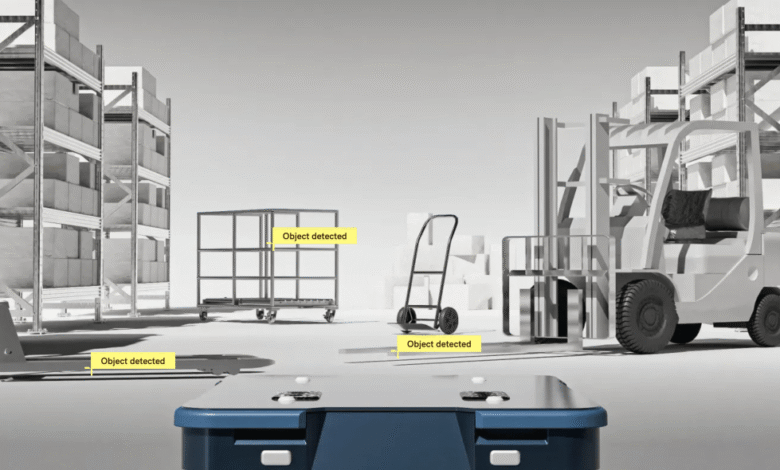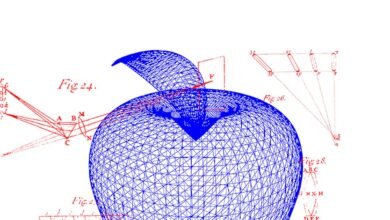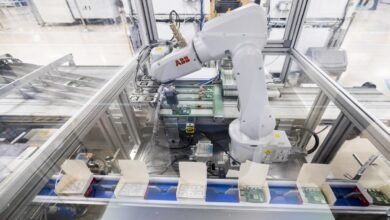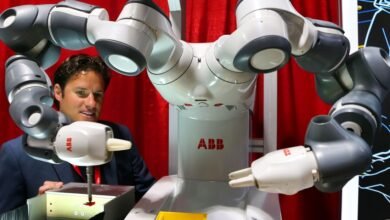Sonair’s 3D Ultrasonic Sensor: Robotic Safety Redefined

▼ Summary
– Robotics companies need new safety approaches as robots increasingly share human spaces.
– Sonair developed an ADAR sensor using high-frequency sound to create 3D environmental maps for robots.
– The technology complements cameras and other sensors, providing better depth perception than LIDAR in some cases.
– Sonair’s sensors are gaining adoption in robotics and industrial safety applications, with strong market demand.
– The company recently raised $6 million to scale its technology amid growing safety concerns in human-robot interaction.
The growing presence of robots in shared human environments demands a fundamental rethinking of safety protocols. Traditional isolation-based approaches no longer suffice as machines and people increasingly occupy the same spaces. Sonair, an Oslo-based technology firm, believes it holds the key to safer human-robot interaction through its innovative three-dimensional ultrasonic sensor system.
Unlike conventional LIDAR systems that rely on laser beams, Sonair’s ADAR (acoustic detection and ranging) technology uses high-frequency sound waves to map surroundings. These sensors emit ultrasound pulses and analyze the returning echoes, constructing a detailed 3D representation of the environment. This acoustic data works alongside visual cameras and other sensors, providing robots with a more complete and reliable perception of their operational space.
Knut Sandven, Sonair’s co-founder and CEO, draws a parallel to human perception. “We rely heavily on our eyes, but also use sound and touch to interpret the world. Similarly, robots need more than just cameras, especially when it comes to depth awareness and object detection in variable conditions.” He emphasizes that while cameras excel in certain scenarios, they often struggle with consistency across different lighting and weather situations.
Sonair’s ultrasonic approach offers a significant advantage over LIDAR in terms of both performance and cost. Where LIDAR scans environments with discrete laser points, Sonair’s sound-based system fills entire spaces with acoustic energy, capturing a more continuous and comprehensive dataset. This allows for more reliable detection of objects, obstacles, and, critically, people.
The sensor outputs data in a standardized format, ensuring compatibility with a wide range of robotic platforms and control systems. Since its commercial release earlier this year, Sonair has attracted considerable interest from robotics manufacturers, with several companies planning to integrate the technology into their next-generation models.
Beyond robotics, the industrial safety sector has emerged as a promising application area. Companies are deploying these sensors to monitor zones around heavy machinery, automatically shutting down equipment when a person is detected entering a hazardous area. This proactive safety measure helps prevent accidents before they occur.
To accelerate adoption, Sonair recently secured $6 million in funding from investors including Scale Capital, Investinor, and ProVenture. Sandven notes that investors familiar with robotics immediately recognized the importance of solving perception and safety challenges, a concern that grows as robots move closer to human environments.
Industry observers echo this sentiment. Fady Saad of Cybernetix Ventures highlighted safety as a major barrier to the adoption of humanoid robots in homes, citing risks to children and pets. While Sonair currently operates in a niche with little direct competition, Sandven acknowledges that may change as the market for robotic safety solutions expands.
Looking ahead, Sandven envisions ultrasonic sensors becoming as ubiquitous in robots as cameras are today. “Our goal is to see this technology integrated into all robotic systems,” he says. “Within a year, we’ll have a clear indication whether that vision is becoming reality.”
(Source: TechCrunch)





